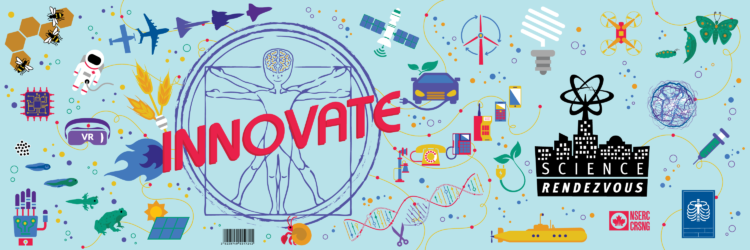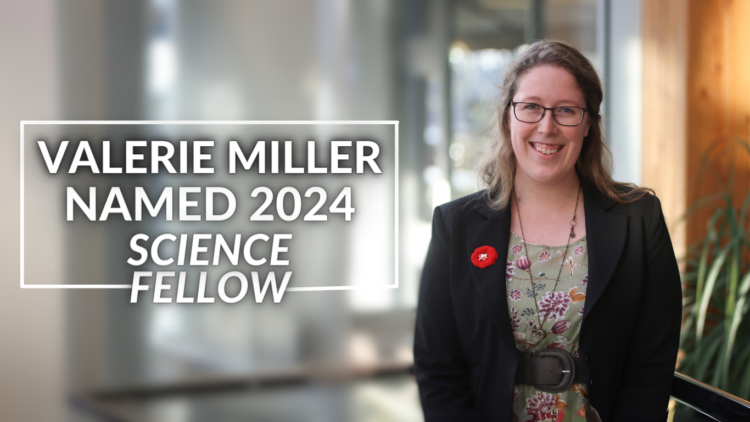
Have you ever wondered why we can recognize the faces of friends, loved ones or even celebrities in different environments and viewing conditions, despite changes to their appearance? Why do we tend to struggle to verify the identity of strangers even when we look at multiple photographs?
Adam Sandford, Assistant Program Head of Psychology at the University of Guelph-Humber provides some reasons for this in his article, “Configural Processing and the Recognition of Familiar Faces,” which was published in “Face Processing: Systems, Disorders and Cultural Differences” Book by Dr. Markus Bindemann and Dr. Ahmed M. Megreya’s. Configural processing, is the process by which people remember other faces not simply by their features, but the distance between those features. Essentially, when we see someone’s face we remember it based on the distance between their eyes, nose and mouth, then recall that information each time we see them. The research Dr. Sandford reviewed, however, in some cases challenged those traditional definitions of configural processing. For instance, turning a photograph upside-down has been found to significantly impair recognition, even though the configural processing distances are unchanged.
Visit this year’s Science Rendezvous event at the University of Guelph-Humber and test this theory in a variety of student-led activities designed to test the effectiveness of configural processing. There will also be a host of kid-friendly activities and a CSI room where guests will have a chance to compile evidence to support a mock investigation.

































 Volunteer Spotlight
Volunteer Spotlight 
 Science Rendezvous
Science Rendezvous 

